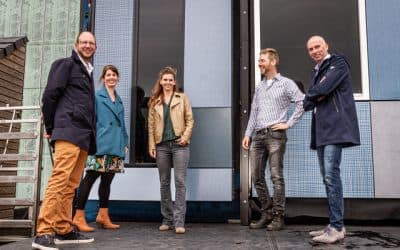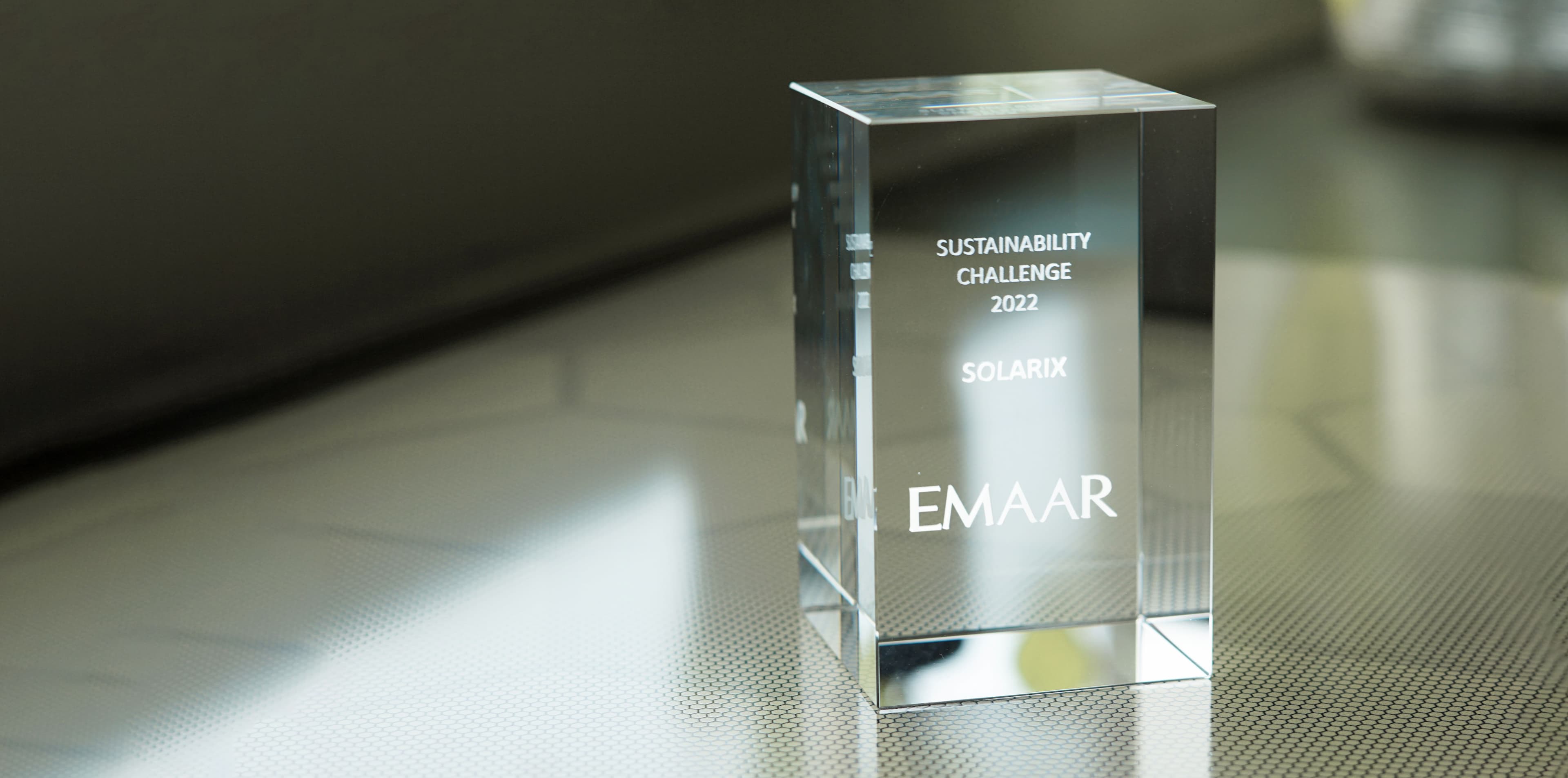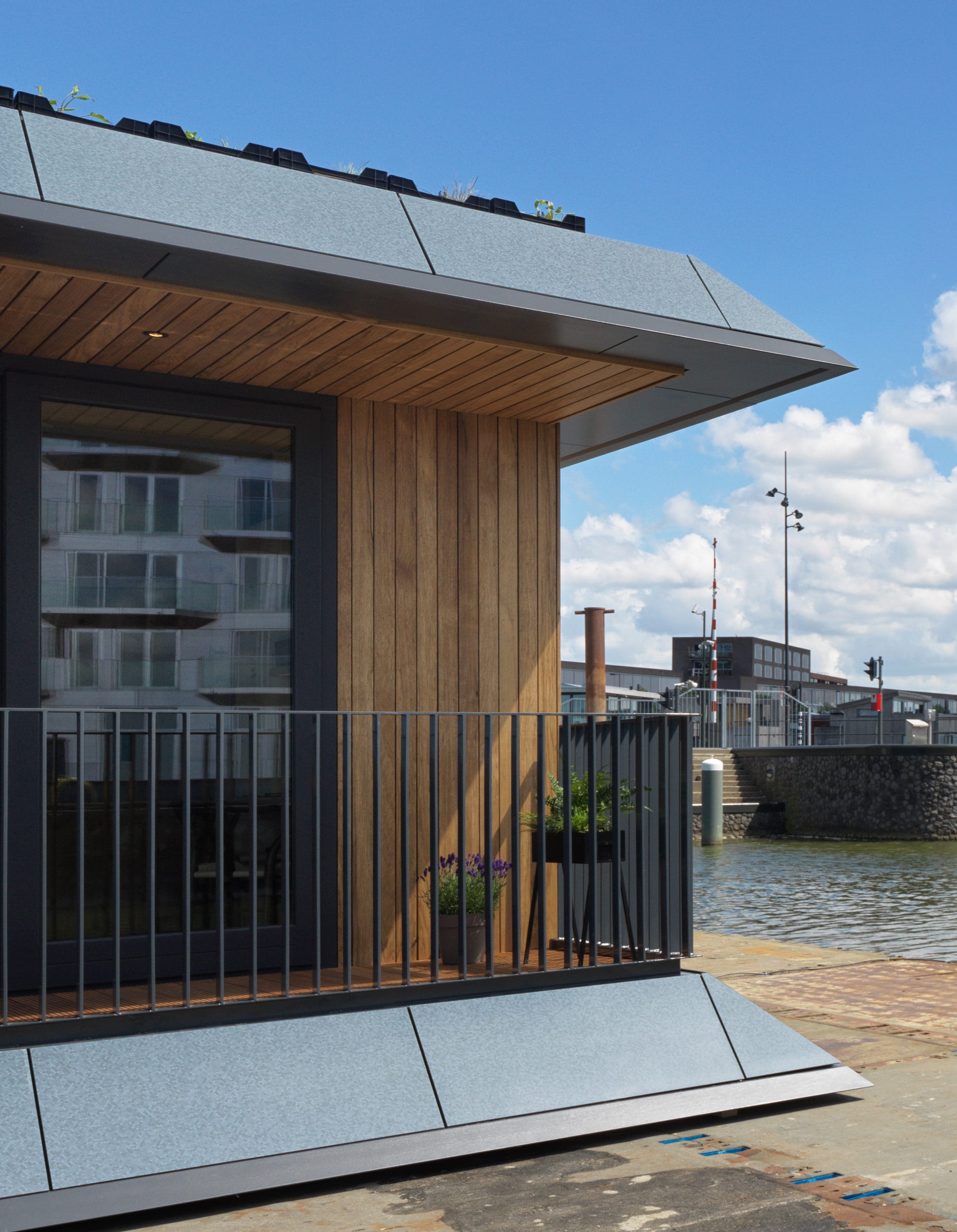Reduce strain on the electricity grid with facade solar panels
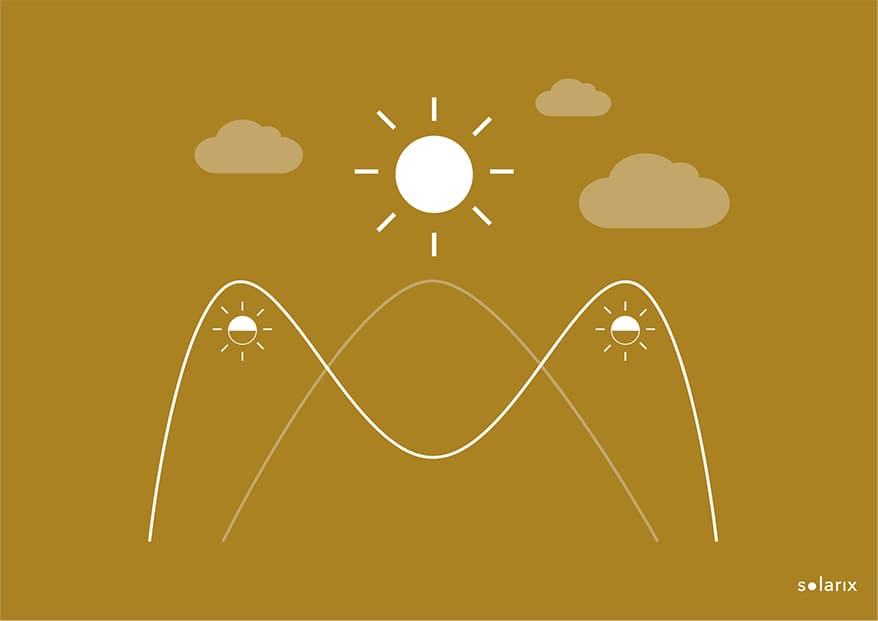
Due to the energy transition, the demand for sustainable electricity is increasing rapidly. However, what happens if consumers don’t get the desired power or if wind and solar park producers can’t offload the generated power? This is referred to as congestion or grid overload. This congestion can be alleviated with vertical solar panels on building facades.
According to De Volkskrant, 'the demand for electricity is rising so rapidly that the electricity grid is becoming overloaded in more and more places. As a result, some new consumers cannot be connected.' Het Technische Weekblad observed in 2020 that 'in more than 250 locations in the Dutch grid, the capacity to transport electricity falls short.'
Many current (old) cables cannot handle the high capacity of electricity. However, the permitting process for additional cables can take up to 7 years. Network operator Liander has even created an online map indicating where their network has reached maximum capacity and is full. This provides a clear insight into the increasing network overload.
Solar power production on roofs and congestion
In reality, the Dutch electricity network 'cannot keep up with the transition to sustainable energy and electrification' (NOS). Due to the increasing demand for electricity, more solar power installations are being installed. However, energy generation and consumption are not always proportional in the Netherlands. This leads to gridlock in the electricity network and consequently, in the energy transition.
On days with abundant sunshine, such as during the summer around noon, there is a peak in solar power production. If this occurs with relatively low power consumption, such as during holidays or weekends, these peaks lead to an excess of power on the electricity grid, causing it to become overloaded.
For standard rooftop solar energy systems, where solar panels are installed at an angle of 10-15 degrees in an east-west arrangement, peaks in production occur around noon. A few times a year, these peaks cause the network to exceed its maximum capacity. If production were increased outside these midday peaks, more sustainable solar energy could be added to the grid.
Reducing peaks with solar panels on facades
According to our Solar Expert, Evert Bende, vertical solar panels on east and west facades prevent these midday peaks. The production peaks of these systems occur in the morning and afternoon. This presents a solution to the current network congestion issues.
The advantages are as follows:
More solar energy is generated during the winter period when electricity consumption is higher. This aligns with the increasing winter consumption due to the growing installation of heat pumps, which will become mandatory heating technology from 2026 onwards.
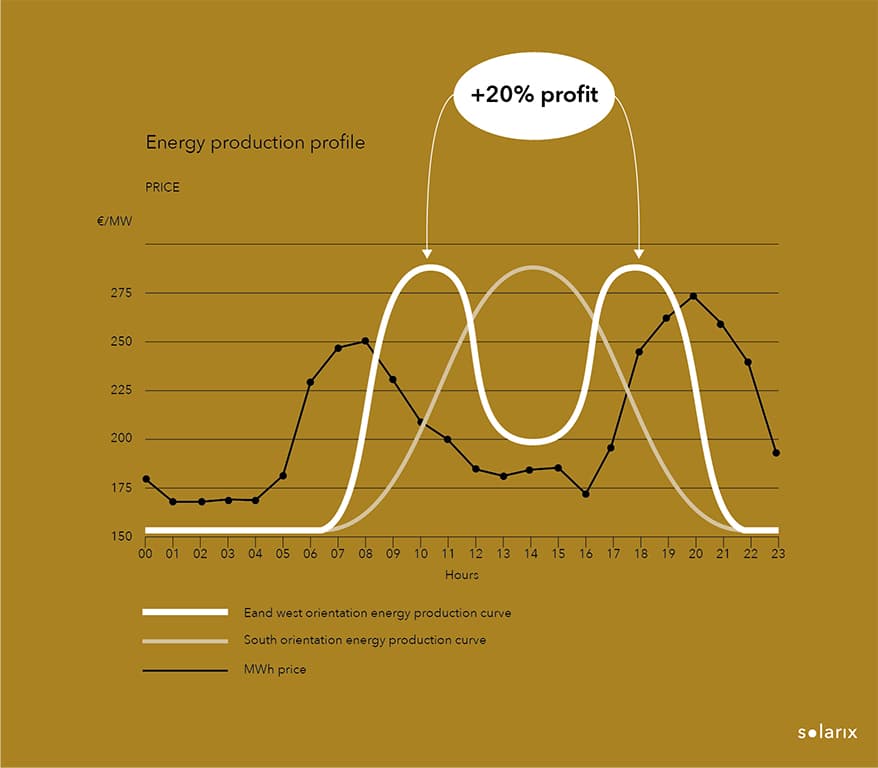
The peaks in solar energy generation occur in the morning and afternoon, thereby alleviating electricity grid peaks around midday (12:00-14:00).
Solar energy generation aligns better with consumption moments of businesses and offices, leading to increased self-consumption. This reduces the reliance on electricity network cable transport.
The peaks in energy generation better correspond with higher hourly prices on the electricity market (EPEX-spot), following the so-called 'duck curve' which peaks in the morning and afternoon and drops around midday. This effect will only increase as more solar energy from flat-roof systems is installed.
Relatively more solar energy is generated in winter when electricity prices are higher.
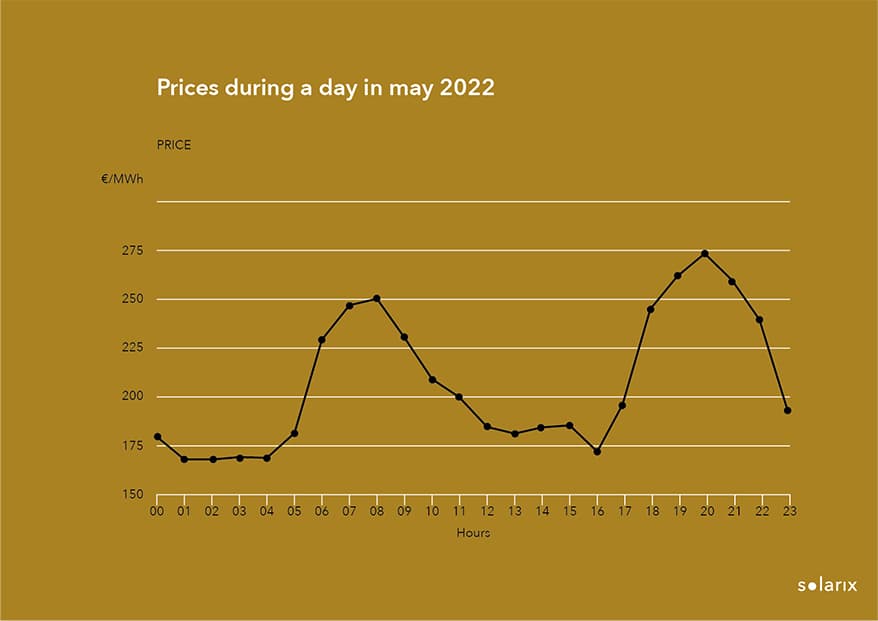
Why should facade solar panels be embraced more?
The vertical placement of solar panels on facades is a beneficial solution that governments and grid companies have yet to fully recognize. Continuing to install conventional flat-roof solar energy systems will lead to further congestion in electricity networks in various areas of the Netherlands, resulting in significant adverse societal consequences. Facade panels ensure that the energy transition can proceed without overburdening the grid.
Want to learn more? Our Solar Expert, Evert Bende, is happy to provide further information about facade solar panels and their benefits: [email protected]
